جامع الملوية (سامراء)
( Great Mosque of Samarra )The Great Mosque of Samarra (Arabic: جَامِع سَامَرَّاء ٱلْكَبِيْر, romanized: Jāmiʿ Sāmarrāʾ al-Kabīr, Arabic: مَسْجِد سَامَرَّاء ٱلْكَبِيْر, romanized: Masjid Sāmarrāʾ al-Kabīr, or Arabic: ٱلْمَسْجِد ٱلْجَامِع فِي سَامَرَّاء, romanized: al-Masjid al-Jāmiʿ fī Sāmarrāʾ, lit. 'The Congregational Mosque in Samarra') is a mosque from the 9th century CE located in Samarra, Iraq. The mosque was commissioned in 848 and completed in 851 by the Abbasid caliph Al-Mutawakkil who reigned (in Samarra) from 847 until 861. At the time of construction, it was the world's largest mosque. It is known for its 52 metres (171 ft...Read more
The Great Mosque of Samarra (Arabic: جَامِع سَامَرَّاء ٱلْكَبِيْر, romanized: Jāmiʿ Sāmarrāʾ al-Kabīr, Arabic: مَسْجِد سَامَرَّاء ٱلْكَبِيْر, romanized: Masjid Sāmarrāʾ al-Kabīr, or Arabic: ٱلْمَسْجِد ٱلْجَامِع فِي سَامَرَّاء, romanized: al-Masjid al-Jāmiʿ fī Sāmarrāʾ, lit. 'The Congregational Mosque in Samarra') is a mosque from the 9th century CE located in Samarra, Iraq. The mosque was commissioned in 848 and completed in 851 by the Abbasid caliph Al-Mutawakkil who reigned (in Samarra) from 847 until 861. At the time of construction, it was the world's largest mosque. It is known for its 52 metres (171 ft) high minaret encircled by a spiral ramp. The mosque is located within the 15,058-hectare (37,210-acre) Samarra Archaeological City UNESCO World Heritage Site, listed in 2007.
For a time, the mosque was the largest in the world; its minaret, the Malwiya Tower, is a spiralling cone 52 metres (171 ft) high and 33 metres (108 ft) wide with a spiral ramp.[1] The reign of Al-Mutawakkil had a great effect on the appearance of the city, for he seemed to have been a lover of architecture, and the one responsible for building the great Mosque of Samarra.[2] Al-Mutawakkil and his hired workers as well as other people from the area constructed this mosque using baked brick octagon piers that included four marble columns in the corners. The marble columns were imported, which draws on the fact that Al-Mutawakkil hired artists and architects from all over the Abbasid empire to help him construct the Great Mosque.[3] In a list of his building projects which appears in several different versions, the new Congregational Mosque and up to twenty palaces are mentioned, totalling between 258 and 294 million dirhams. The new Congregational Mosque, with its spiral minaret, built between 849 (235 AH) and 851 (235 AH), formed part of an extension of the city to the east, extending into the old hunting park.[4]
The mind behind the mosque, Al-Mutawakkil, was assassinated in 861, and structures like this mosque were then difficult to credit to a subsequent caliph. There was unrest and a ten year period of trouble, including a civil war in 865–866. This Great Mosque was one of the last buildings with a known name attributed to it in this period.[5]
The mosque itself was destroyed in 1278 C.E. (656 A.H.), after Hulagu Khan's invasion of Iraq. Only the outer wall and its minaret remain.[6] However, the Iraqi State Organization of Antiquities have been working closely with historians and architects in a restoration process starting in 1956. They tasked people to restore various monuments in Samarra including the Great Mosque. There was extensive restoration done to both the courtyard of the mosque as well as the spiral minaret. Previously, only 6 steps remained in the minaret and very few complete arches surrounded the courtyard.[7]
Former mosqueThe mosque had 17 aisles, and its walls were paneled with mosaics of dark blue glass. It was part of an extension of Samarra eastwards. The art and architecture of the mosque were influential; stucco carvings within the mosque in floral and geometric designs represent early Islamic decoration. The Mosque of Ibn Tulun in Cairo, Egypt, was based on the Samarra Mosque in many regards and similarly stands in a large open space.[8]
At the time of construction, another major feature of Samarra was the inlets of the great Nahrawan canal. This provided flood plains for a rich agricultural centre. Small and medium sized game were also hunted in the area. This encompassed the main area of the city that held Islamic structures like the main palace and subsidiary palaces of the Waziri and the Umari as well as a large number of houses in a residential area. The Great Mosque was built right outside this main area and became a staple for the people of Samarra as well as visitors and foreigners. This project, along with others by Al-Mutawakkil, transformed the city of Samarra from a medium-sized centre into the enormous city seen today.[5]
The Great Mosque of Samarra was largely destroyed following an invasion of Iraq in the 13th century, after which it fell into disuse. Already in a ruinous state, the mosque sustained further damage in 2005 when the mostly intact minaret - one of the few parts to have survived - was partially destroyed as well.[9] This fell due to a use of modern technology and a bombing that took place. This bombing raid took place by insurgents at Samarra. There are many stories to why this took place but the truth, for the most part, remains undiscovered. There have been renovations since this bombing as an attempt to return the mosque to its former glory.[9]






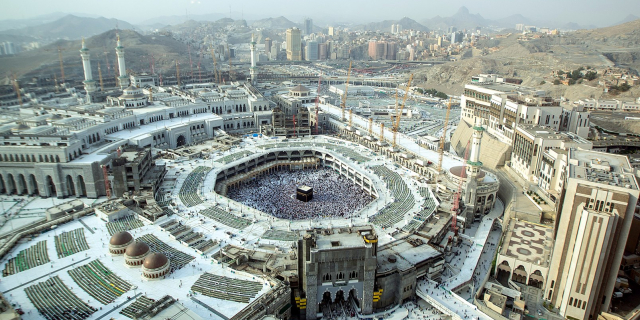


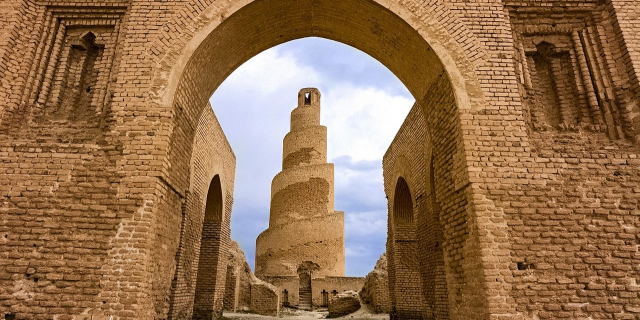

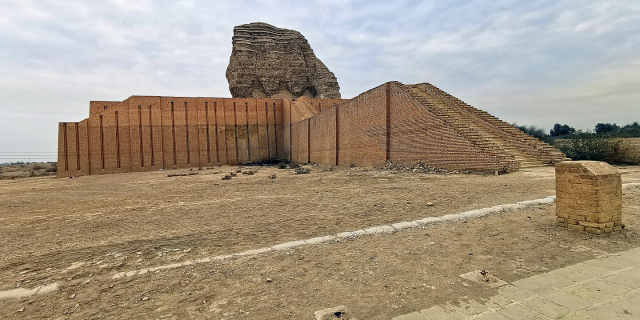


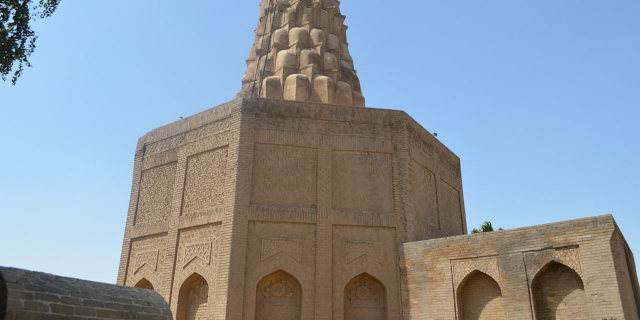
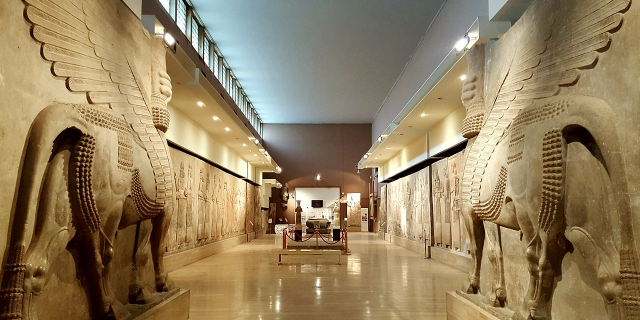

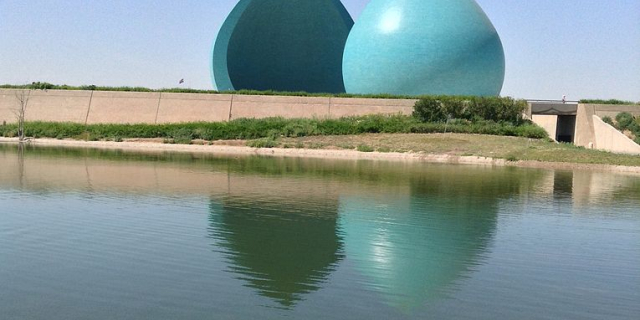





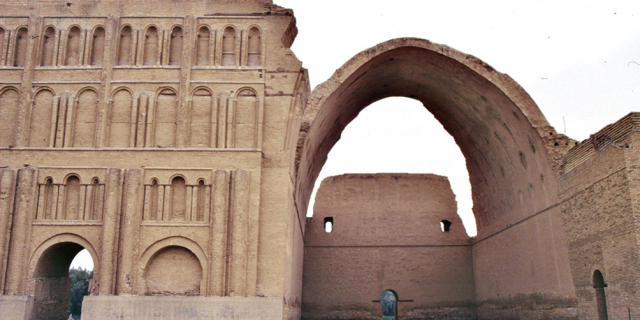




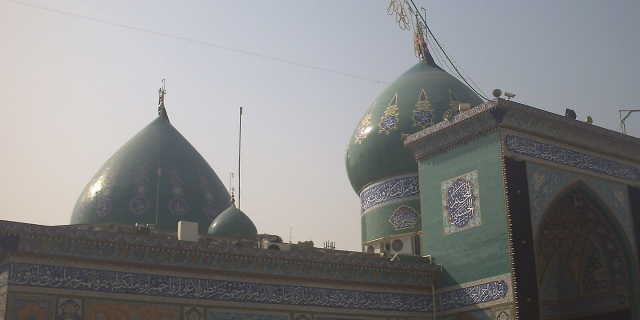
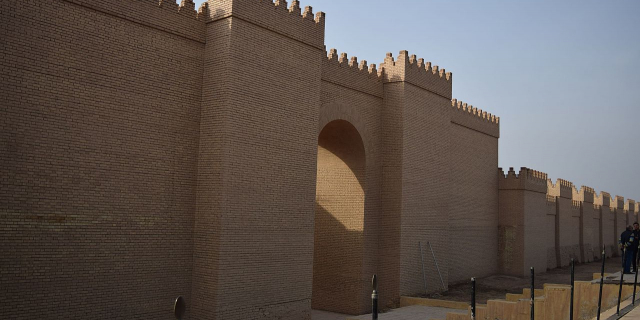


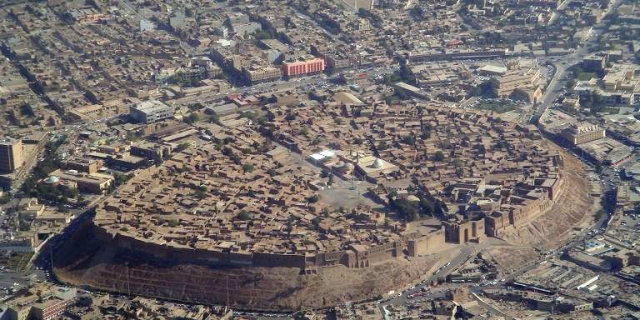
Add new comment